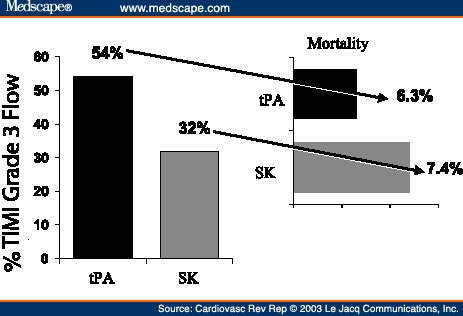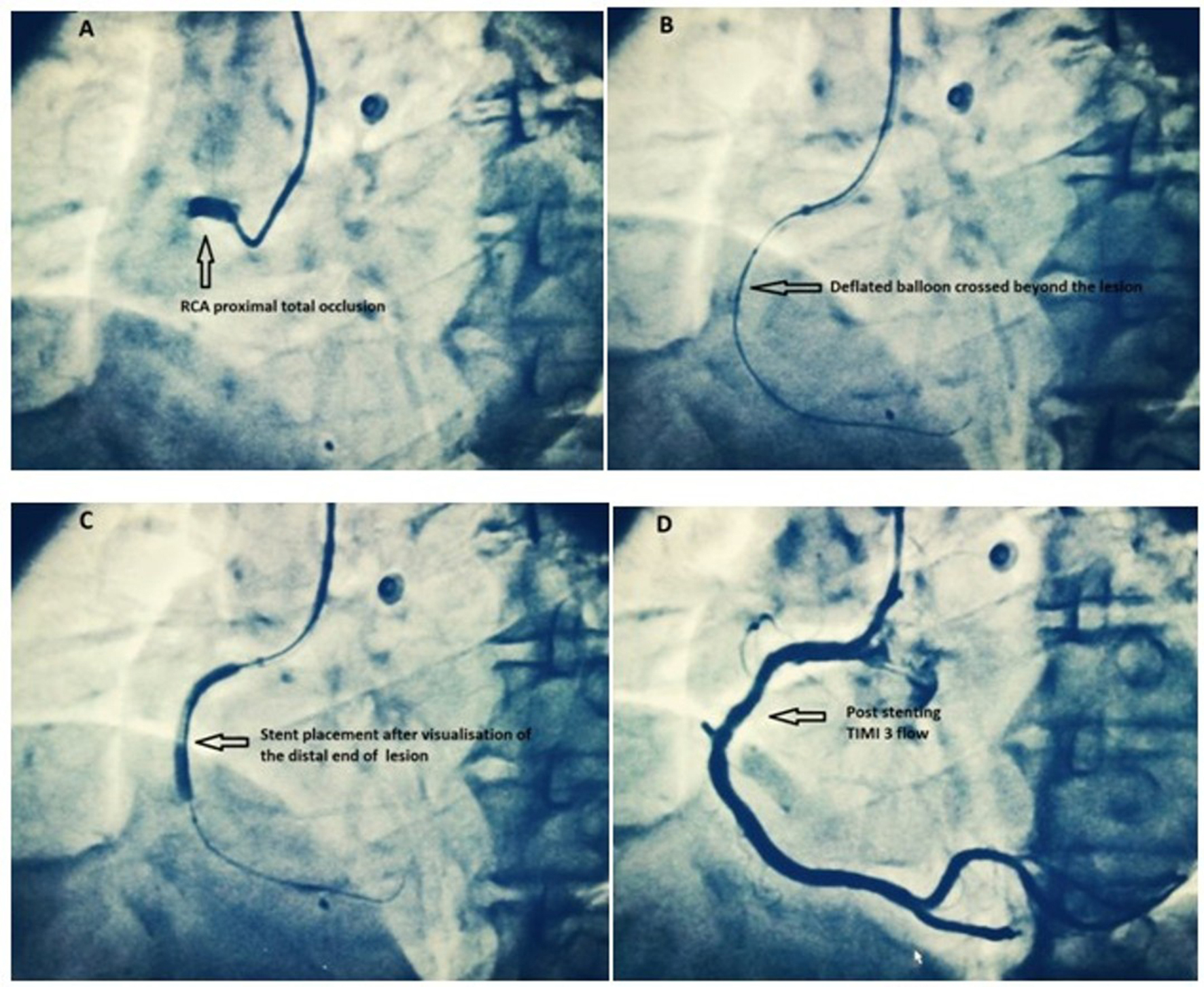
The incidence rate of slow/no reflow (TIMI flow grade 0–2) during PCI was reported to be between 15% and 26% ( 16, 20). (A,B) Fibrous plaque without signal attenuated (C,D) calcified plaque with signal attenuated (E,F) attenuated plaque with signal attenuated. Several studies have reported that attenuated plaques impact on thrombolysis in myocardial infarction (TIMI) grade flow and portend an adverse prognosis ( 9- 19).įigure 1 Plaque morphology detected by IVUS. When they are found during coronary intervention, patients are more likely to experience induced coronary microembolism and slow/no reflow phenomenon ( 8). On IVUS, attenuated plaques manifest as echo attenuation behind lesion sites in the absence of dense calcification in ACS patients ( Figure 1). The PROSPECT study ( 7) demonstrated that major adverse cardiovascular events (MACEs) are attributed to TCFA with a large plaque burden and/or a small luminal area on gray-scale intravascular ultrasonography (IVUS). Pathological studies have shown that the most common cause of MI and cardiac death is thrombotic coronary occlusion after rupture of a lipid-rich atheroma with only a thin fibrous layer of intimal tissue covering the necrotic core, the so-called thickening, thin-cap fibroatheromas (TCFA) ( 5, 6). Unfortunately, the underlying mechanisms and predictors of plaque rupture are unclear. Plaque rupture and subsequent thrombogenesis induce acute coronary syndrome (ACS) ( 3, 5). Despite the remarkable progress, the picture still remains grim as 3.6% of US adults suffered from myocardial infarction (MI) from 2003 to 2006 ( 2). These improvements led 15% decrease in cardiac deaths of CAD patients from 2000 to 2006 ( 2). Percutaneous coronary intervention (PCI) and pharmacologic therapies have improved the prognosis of CAD patients ( 2, 3) and utilization of intravascular ultrasound (IVUS) has further contributed to reducing the incidence of stent thrombosis and management of stent underexpansion ( 4). Accepted for publication Feb 14, 2016.Ĭardiovascular disease is the first and foremost cause of preventable death globally ( 1), The National Health and Nutrition Examination Survey (NHANES) estimated that 17,600 000 Americans >20 years of age had coronary artery disease (CAD) in 2003 to 2006 ( 2). Keywords: Attenuated plaque, intravascular ultrasound (IVUS) meta-analysis coronary artery disease (CAD) distal embolization major adverse cardiac events (MACE) Five other studies investigated major cardiovascular events (MACEs) and attenuated plaques and found no difference in MACE rates within three years of follow up.Ĭonclusions: Our study presents the evidence that plaque with ultrasound signal attenuation would induce slow/no reflow phenomenon and distal embolization during PCI, but this appearance has no impact on MACE rates within three years. After balloon dilation and stent implantation, the incidence of TIMI 0~2 grade flow in the attenuated plaque group was statistically significant higher than that of the non-attenuated plaque group (RR =4.73 95% CI: 3.03 to 7.40 P<0.001). They revealed no difference in TIMI grade flow before percutaneous coronary intervention (PCI) between the attenuated and non-attenuated plaque group (RR =1.25 95% CI: 0.65 to 2.41 P=0.50). Five studies investigated TIMI grade flow and attenuated plaques. Results: A total of 3,833 patients were enrolled in nine studies. Study heterogeneity and publication bias were estimated. Methods: We searched the literature on TIMI grade flow and clinical outcomes on PubMed, Ovid, EMBASE, the Cochrane Library, CNKI and WanFang databases.

We performed a systematic review and meta-analysis to summarize the association between attenuated plaque and distal embolization and clinical outcomes of coronary artery disease (CAD) from pooled data of published eligible cohort studies. Their impact on TIMI grade flow and clinical outcomes remains undefined.

Background: Plaques with a large necrotic core or lipid pool and thin-cap fibroatheroma manifest as attenuated plaques on intravascular ultrasound (IVUS).


 0 kommentar(er)
0 kommentar(er)
